Loudspeakers & Microphones
This lesson covers:
- How loudspeakers use the motor effect to convert electricity to sound waves
- How microphones use the generator effect to convert sound waves to electricity
Loudspeakers & microphones |
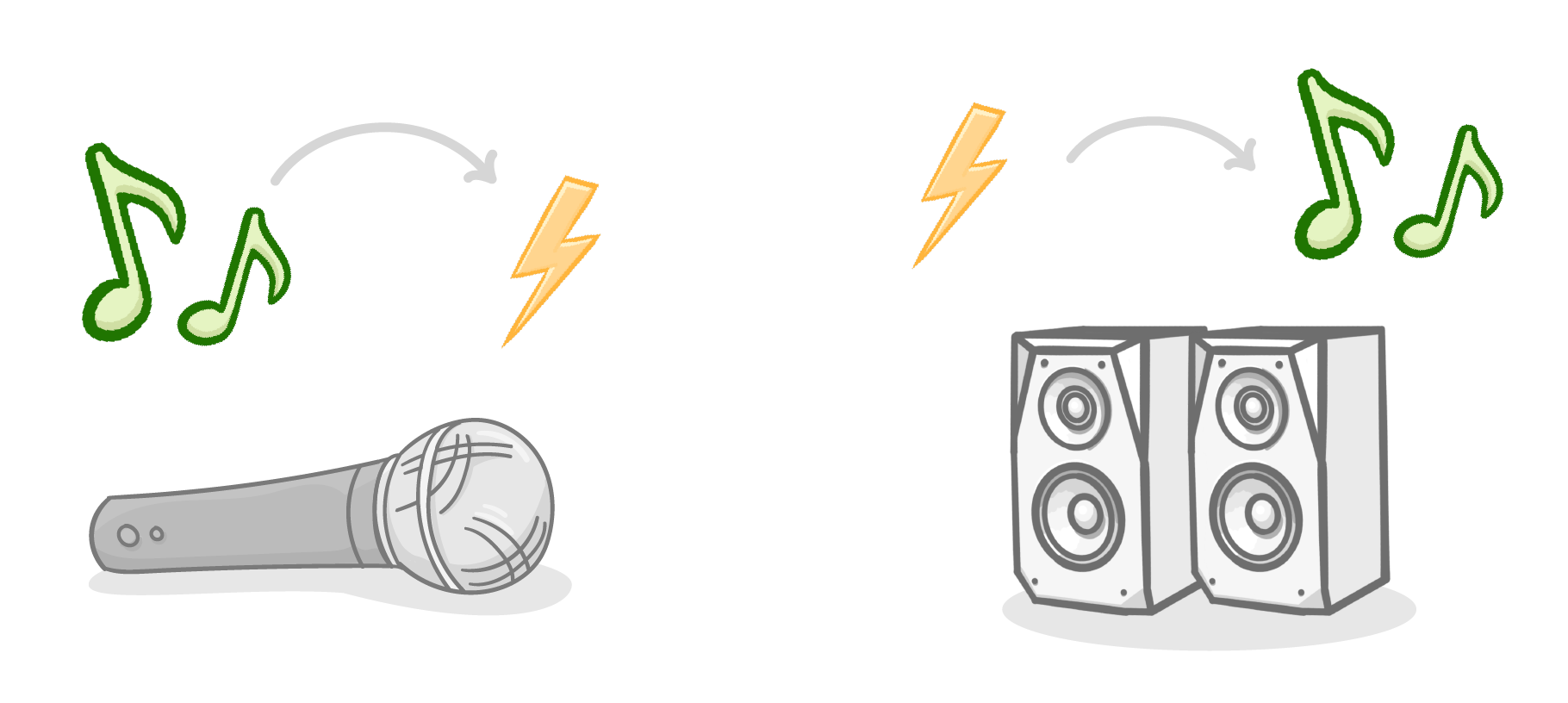 Loudspeakers and microphones are both similar in that they convert between sound waves and electrical signals. |
Loudspeakers 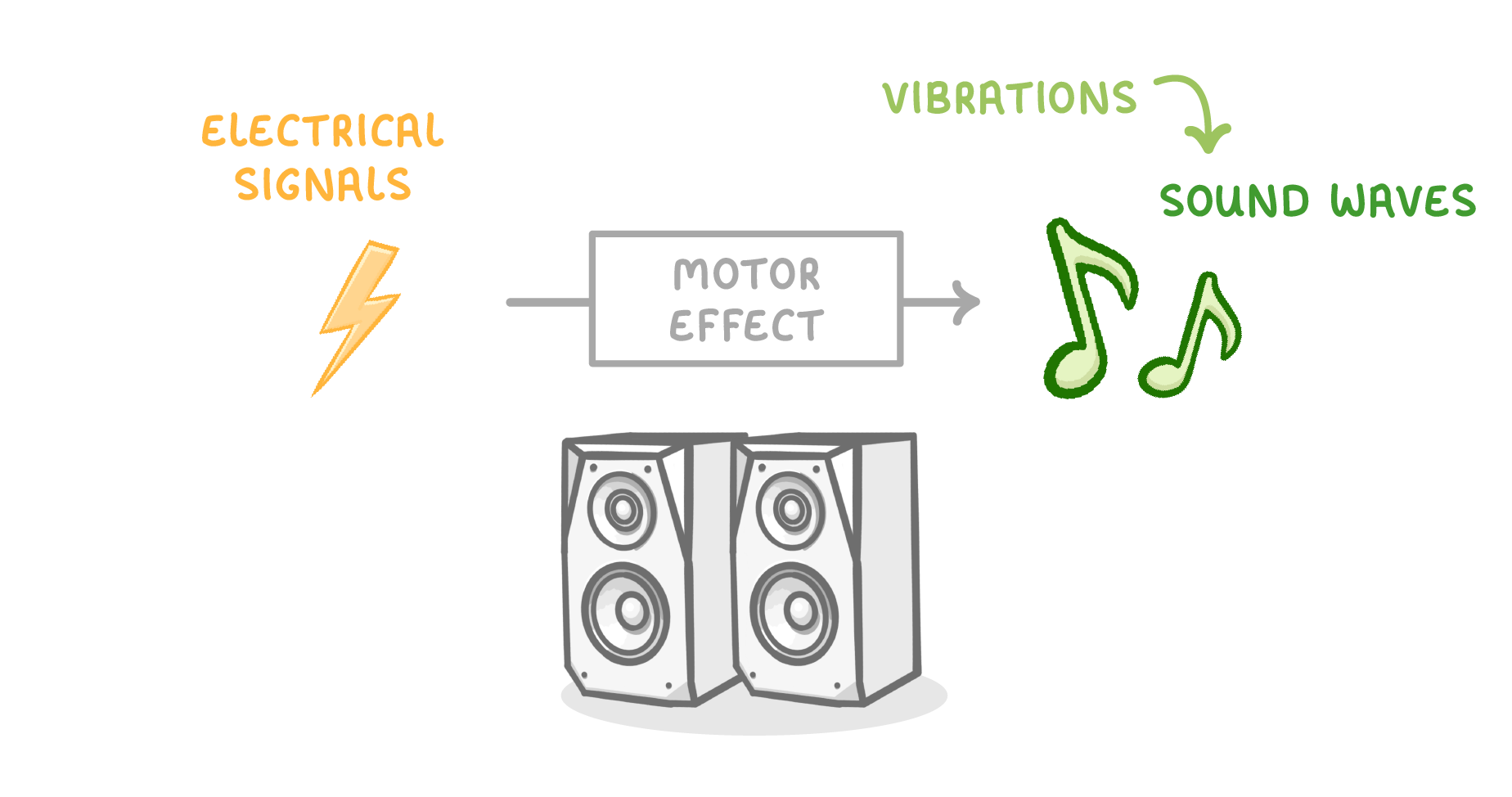 Loudspeakers take electrical signals and use the motor effect to convert them into vibrations, which then generate sound waves. |
Microphones 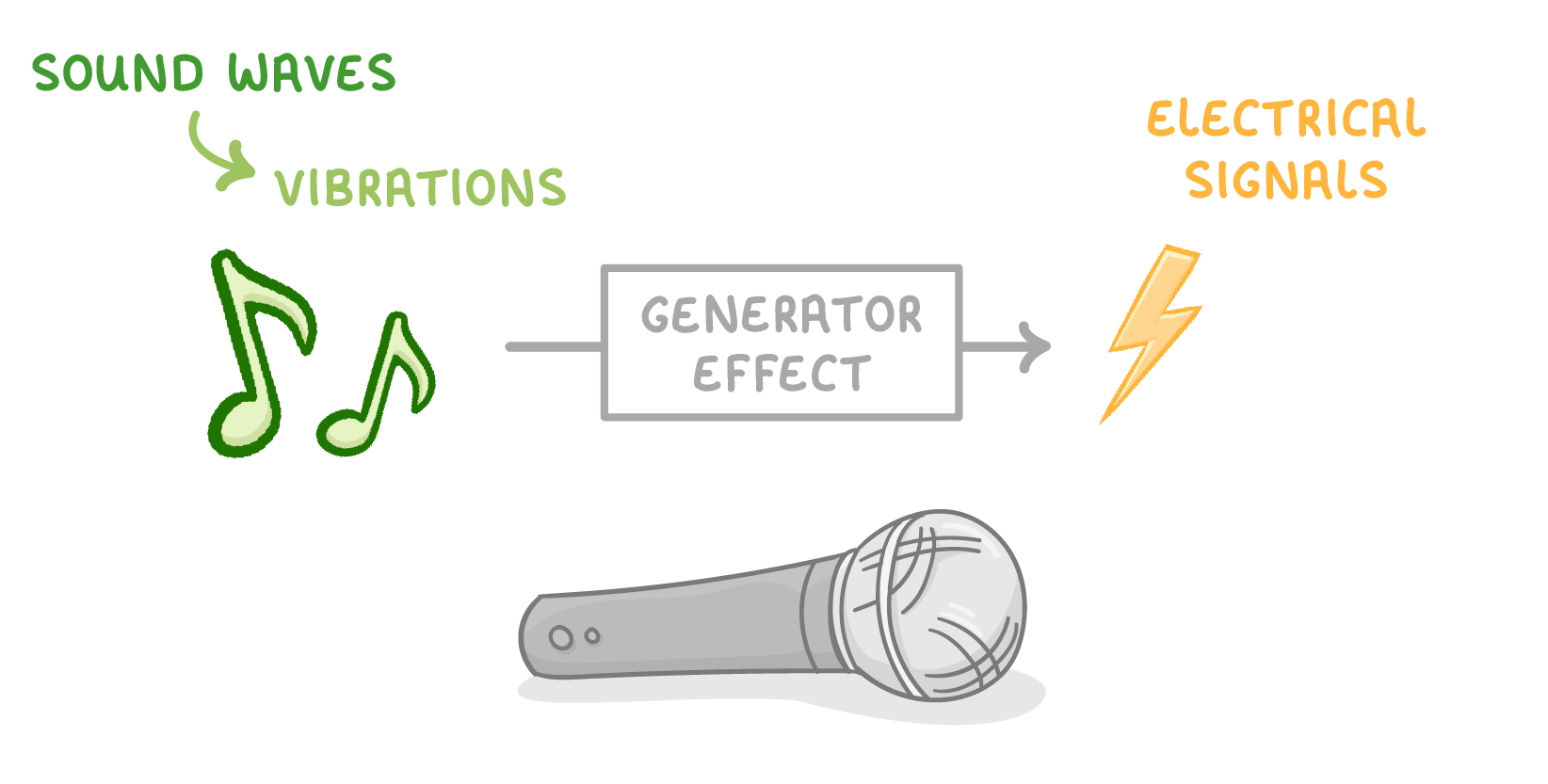 Microphones detect vibrations caused by sound waves and use the generator effect to convert them into electrical signals. |
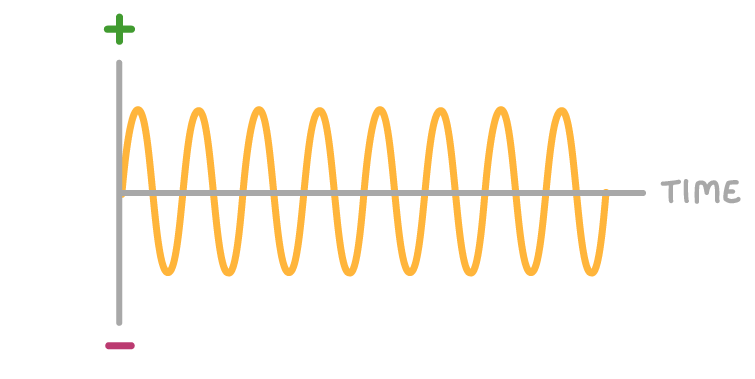 For both microphones and loudspeakers, the electrical signals involved are alternating currents (or alternating voltage). |
Loudspeakers |
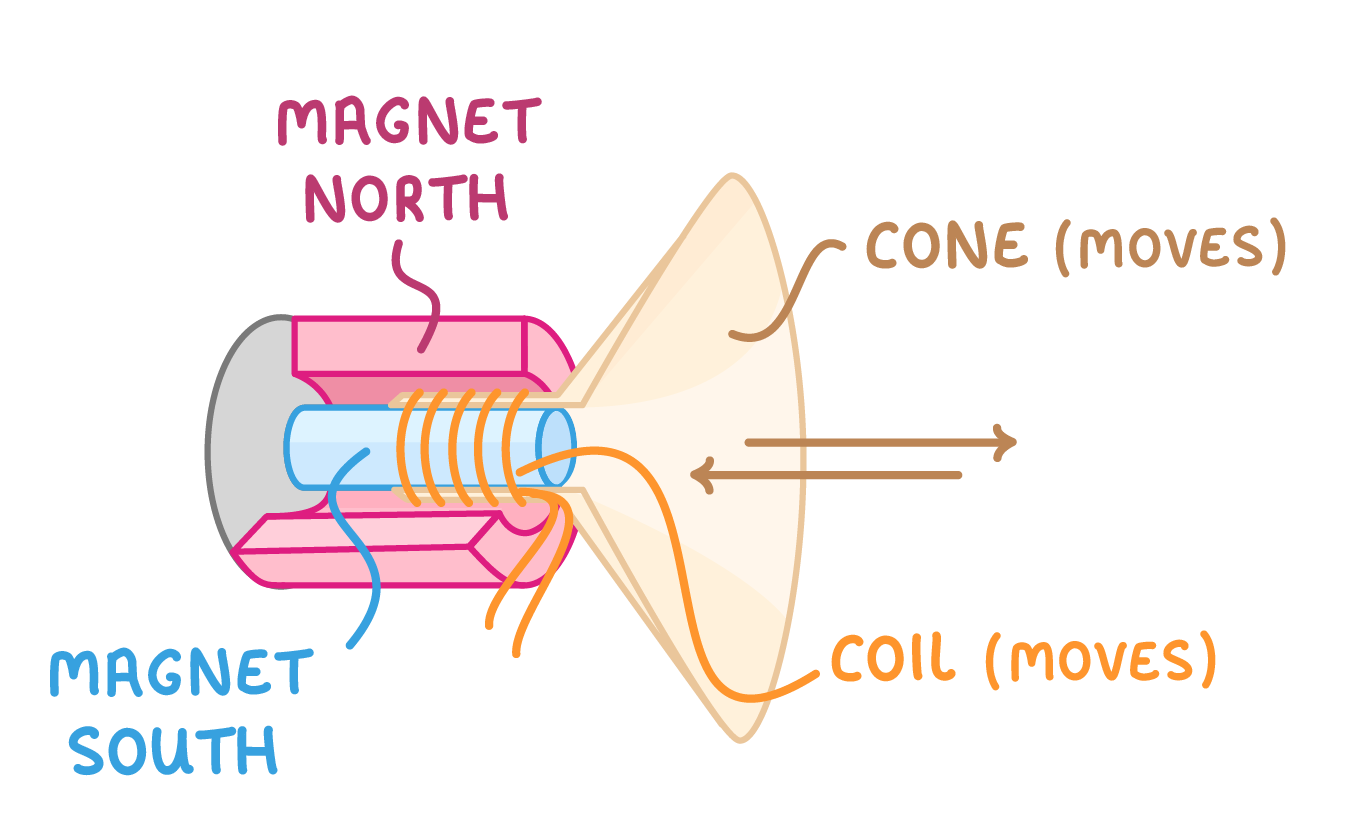 |
A loudspeaker consists of a coil of wire which is wrapped around one pole of a permanent magnet and connected to a cone. The coil of wire is permanently attached to the cone, but the coil and cone can slide back and fourth along the magnet. |
How they work: |
1An alternating current flows through the wire and creates a magnetic field (electromagnetism) in the coil. |
2The magnetic field of the coil interacts with the magnetic field of the permanent magnet. |
3The interacting magnetic fields will exert a force on the coil (motor effect), causing it to move back or forth along the permanent magnet. |
4This causes the cone to change shape. |
5As the current is alternating, its magnetic field and the force it experiences will also alternate. This means that the coil of wire and cone rapidly move back and forth, meaning they vibrate. |
6These vibrations are so fast that the cone vibrations cause pressure variations in the air - which are sound waves. |
Microphones 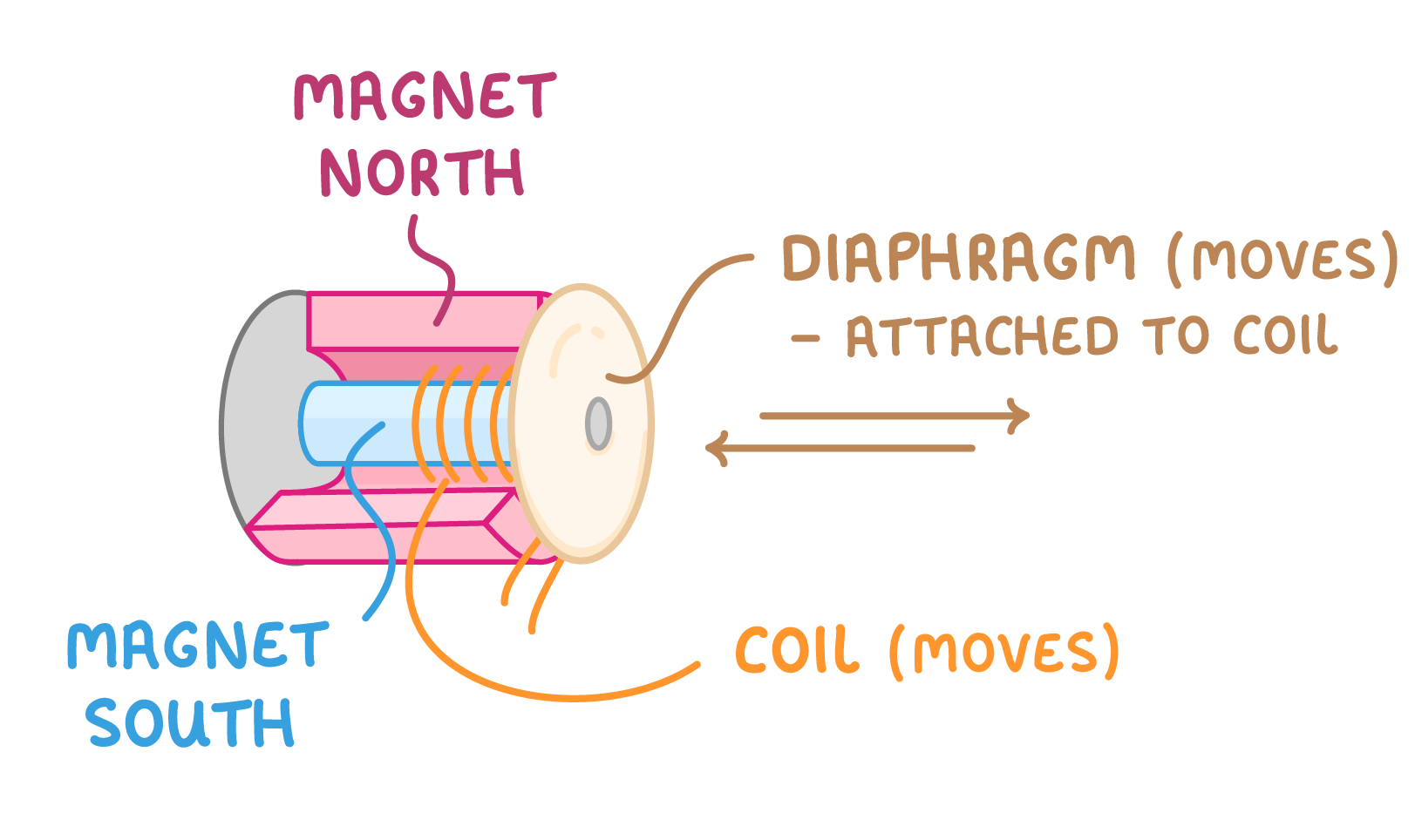 Microphones have a very similar structure to loudspeakers, but are made to detect sound rather than create it. |
How they work: |
1Sound waves hit the diaphragm. |
2This causes the diaphragm and coil of wire to move. |
3As the wire is moving within the magnetic field of the permanent magnet, it will generate a current (electromagnetic induction / generator effect). |
4The frequency and amplitude of the sound waves will determine how much the diaphragm vibrates, and therefore determine the frequency and amplitude of the current. |

What is the function of a loudspeaker?
It converts sound waves into electrical signals
It converts electrical signals into sound waves
It converts alternating current into direct current
|
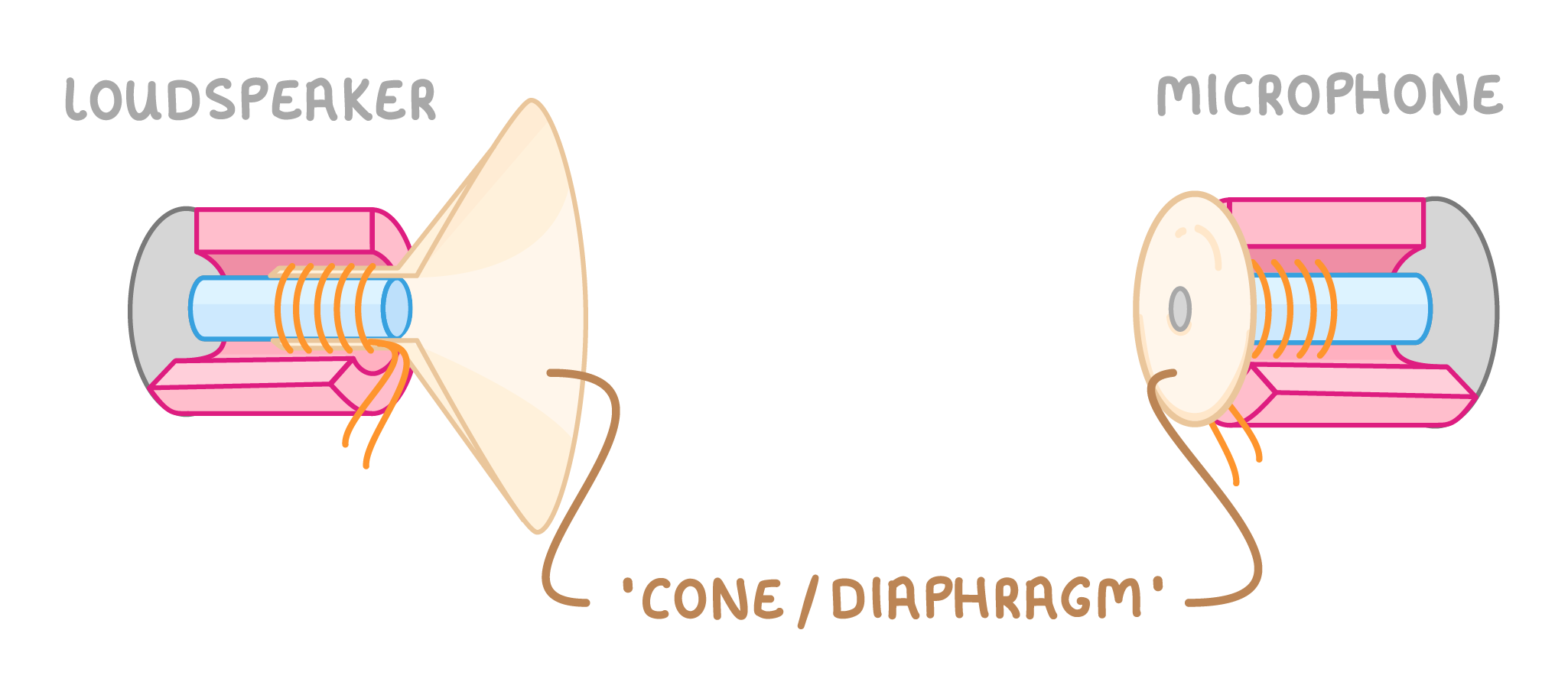
For both loudspeakers and microphones, you can call this part either the 'cone' or 'diaphragm'. BOTH terms are correct.
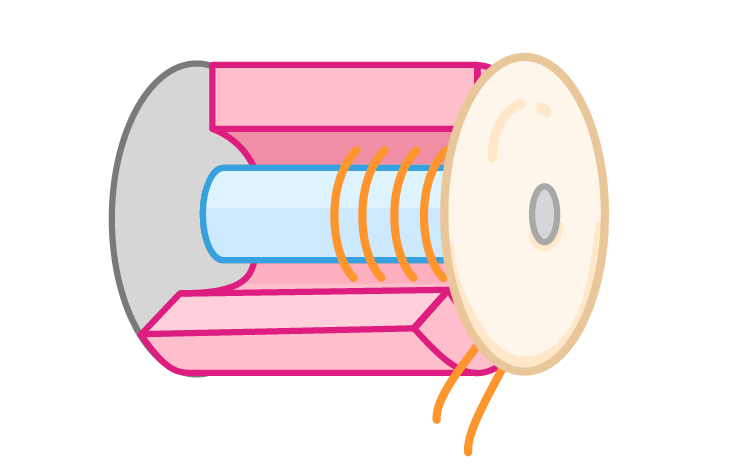
What is the function of a microphone?
It converts sound waves into electrical signals
It converts alternating current into direct current
It converts electrical signals into sound waves
|
Do loudspeakers rely on the generator effect (electromagnetic induction), or the motor effect?
Generator effect (electromagnetic induction)
Motor effect
|